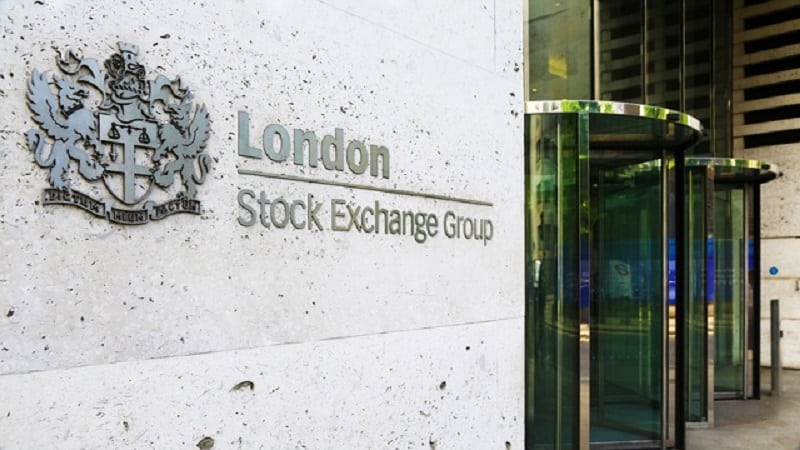By Nick Stanhope, senior portfolio manager at Morningstar Wealth
Having won the US presidential election on the promise of ‘making America great again’, Donald Trump unleashed a swath of tariffs that have far exceeded market expectations in terms of scale and scope.
Marked ‘Liberation Day’, the average US tariff rose from 2.5% in 2024 to 25.5%, with the threat of further tariff increases against any country that retaliates.
Perhaps what raised eyebrows the most was the blunt method used to set the tariffs, targeting trade deficits between the US and its trading partners rather than focusing solely on those countries with historic tariffs in place on US goods imports, or unfair trading practices such as artificial government support.
While many of the countries on the list come as no great surprise, such as China and the European Union, some unexpected countries have also come into the administration’s crosshairs. A 41% tariff placed on the Falkland Islands due to the trade in fish is but one example.
Stockmarkets fell sharply in response, with the US at the epicentre as the tariffs are a tax on US consumers. In the first quarter alone, the US stockmarket has fallen over 15% in sterling terms, with more richly priced growth companies having fallen over 20%. By contrast, cheaper value companies have fared better, falling just shy of 10%.
See also: The US funds that lost the most from Trump’s tariffs
But the situation is fast moving. On 9 April, Trump announced a 90-day pause on tariffs, keeping the baseline at 10% for all countries excluding China – which rose to 125%. Markets rallied on this news, although what tariffs will look like after countries have negotiated over the next 90-days remains to be seen.
Economists at Morningstar have raised the estimate of the probability of a recession to between 40% to 50%. Assuming tariffs are maintained, we estimate growth expectations for the US have been reduced by a cumulative 1.1% of GDP between 2025 to 2029, a massive negative hit.
Up until “Liberation Day”, many investors had taken the view that tariffs were a negotiating tactic, as Trump aims to remove tariffs set against the US, with many having their origins going back to the period after the second world war, when the US was helping other economies back on their feet.
However, other commentators, such as the arch Brexiteer Lord Frost, whilst not necessarily agreeing with tariffs, have pointed out that as a politician there are other non-economic reasons why you might put in tariffs in place, such as the aim of creating a more cohesive nation, with a more common sense of solidarity.
As investors, we need to be humble about how little we know, whether tariffs are just a short-term negotiating tactic, or here to stay, as the US looks to raise revenues through their use while cutting taxes to alleviate the pain of higher prices.
See also: The defensive US funds that outperformed in market downturns
However, uncertainty is what we contend with all the time, with some of the best returns often made when others are fearful. It is therefore important to remain disciplined and stay committed to a long-term investment strategy in times like this.
Avoiding panic selling and missing out on a potential snap-back can have a significant impact on long-term investment outcomes. Over the last 25 years, for example, an investor in the S&P 500 index that missed the five best days of market performance would have a 36% lower return than an investor that had remained fully invested.
Recent return drivers for our portfolio have included UK, Chinese and Latin American equities which have a relative high margin of safety versus our underweights, which include US large-cap growth and technology stocks, with the latter being some of the worst performing areas.
Diversifiers such as government bonds, short-dated credit, consumer staples, healthcare and utilities have also held up well.
Despite the sharp market movements, our analysis does not suggest that these underweight areas are cheap, but amid the uncertainty, investors should stick to their roadmap: maintaining target weights through taking profits from winners, reinvesting into areas that have sold off, and staying on the lookout for more significant dislocations in price that can be capitalise on.











